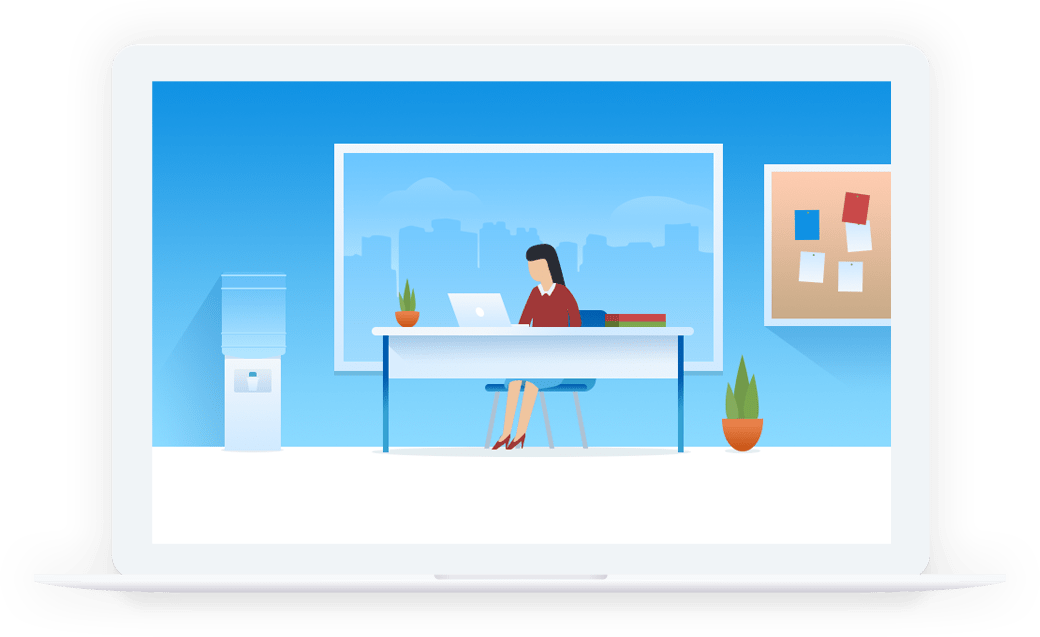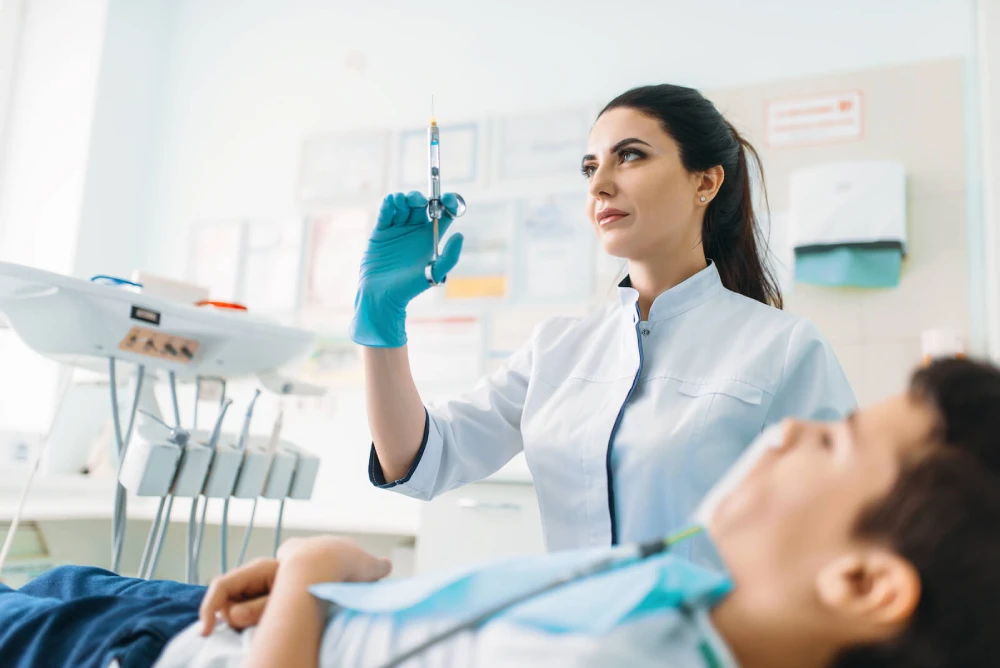What are Varicose Veins?
The appearance of bulging, dilated and twisted veins that are prominent on the surface of the skin. Most commonly appear on the leg and foot.
In contrast to what most people think, varicose veins are more than just a cosmetic concern. They are not without ‘symptoms’. Aside from an unpleasant appearance, symptoms can include: pain, fatigue, itching, burning, swelling, cramping, restlessness, and throbbing.
In fact, varicose veins appear as a sign of underlying venous insufficiency or venous reflux disease. They can also progress and get complicated if left untreated.
What Are the Risk Factors of Varicose Veins?
- Increasing Age
- Heredity: Having a history of illness in family members
- Pregnancy
- Hormonal fluctuations
- Overweight and obesity
- Not exercising regularly
- Standing or sitting for long periods
We know you have some questions and concerns
Why Varicose Veins Occur?
Do men get varicose veins?
Although women are affected at a higher percentage than men, men can also be troubled with varicose veins and their associated symptoms (and benefit from treatment). As many as 45% of men will get varicose veins at some point in their lifetime.
What will happen if I leave my varicose veins untreated?
Over time, untreated varicose veins with venous insufficiency due to venous reflux can progress and become complicated.
Some of the ‘danger signs’ of untreated venous insufficiency include: Skin discoloration (dark pigmentation), Itchy skin with eczema (scaly-skin), Skin sore or ulcer (a break in the skin that will not heal), Bleeding from varicose veins, Cord-like (Incompressible) thrombosed veins with redness.
If you develop any of the “Danger Signs”, you should consult your vascular surgeon immediately.
Can Varicose Veins be Prevented?
Not all varicose and spider veins can be prevented, but there are some steps you can take to reduce your chances of getting new varicose and spider veins. These same things can help ease discomfort from the ones you already have:
- Exercise regularly to improve your leg strength, circulation, and vein strength. Focus on exercises that work your legs, such as walking or running.
- Control your weight to avoid placing too much pressure on your legs.
- Avoid wearing high heels for long periods of time.
- Wear elastic support stockings and avoid tight clothing that constricts your waist, groin, or legs.
- Elevate your legs when resting as much as possible.
- Don’t stand or sit for long periods of time. If you must stand for a long time, shift your weight from one leg to the other every few minutes. If you must sit for long periods of time, stand up and move around or take a short walk every 30 minutes.
When Should I See a Doctor?
You should see a doctor about varicose veins if:
- You develop symptoms of varicose veins including heaviness, tiredness, or swelling in the legs, or itching or burning in the lower extremities
- The vein has become swollen, red, or very tender or warm to the touch
- There are sores or a rash on the leg or near the ankle
- The skin on the ankle and calf becomes thick and changes color
- A varicose vein begins to bleed
- Your varicose vein symptoms are interfering with daily activities including sleep
- The appearance of your veins is causing you distress
- If you’re having pain associated with varicose or spider veins, even if it’s just a dull ache, don’t hesitate to get help.
Can varicose veins return after treatment?
It is rare for varicose veins and spider veins to return after treatment. Current treatments for varicose veins and spider veins have very high success rates compared to traditional surgical treatments. Over a period of years, however, more abnormal veins can develop because there is no cure for weak vein valves. Unfortunately, no treatment can prevent new veins from becoming varicose. Occasionally, patients who are in an occupation where they are required to stand for long periods of time may develop some recurrence of varicose veins that may require additional treatment.
Do Insurance Companies Cover Varicose Veins Treatment?
Vein reflux disease along with varicose veins and associated symptoms is a medical condition. Most insurance plans recognize vein reflux disease as a legitimate, covered medical expense and will cover treatment for patients whose signs and symptoms are significant. If you are experiencing any symptoms of vein disease it is worth finding out if your insurance provider will cover the cost of treatment.
Our practice will complete a consultation and an in-Clinic venous ultrasound test. If you test positive for vein disease, most insurance companies will cover the cost of the consultation, duplex scan test, and varicose vein treatments. However, as with many other medical treatments, some insurance companies have specific requirements that must be followed which we will work with you to develop. You can check our list of insurance companies
Why choose iVein?
We are the nation-wide leaders of minimally invasive treatments of varicose veins, having completed over 10,000 procedures so far.
All of our specialists are European board-certified vein experts which means they have undergone years of specialized training in treating venous diseases and disorders and our state-of-the-art facilities have accredited vascular labs on site.
We offer the best solutions to the most complex forms of venous problems. After thorough discussion and a complete diagnostic evaluation, we will offer a comprehensive treatment plan to perfectly suit your needs and we are committed to providing you with the best treatment options and highest quality, individualized patient care.
All our services are provided in a Walk-in Walk-out fashion without the need for hospitalization delivering the highest quality of care.


